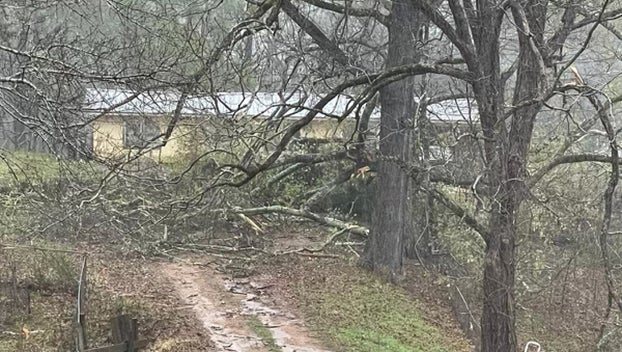Last Mississippi flood gates at Bonnet Carre shut
Published 10:50 pm Monday, June 20, 2011
NEW ORLEANS (AP) — The Army Corps of Engineers on Monday finished closing a spillway northwest of New Orleans that helped protect the city from the Mississippi River’s floodwaters.
The corps began opening the Bonnet Carre Spillway on May 9, diverting river water into Lake Pontchartrain and relieving pressure on the levee systems downriver. Ultimately, 330 of the spillway’s 350 bays were opened before the corps started closing them on June 12. The last 20 bays were closed on Monday.
The National Weather Service had lifted a flood warning for the New Orleans area on May 27 as the river dipped below flood stage.
On May 15, the corps also started opening the Morganza floodway about 35 miles northwest of Baton Rouge for the first time since 1973. The number of gates opened on the Morganza peaked at 17. Only one gate remained open as of Monday morning.
Opening the Morganza diverted water from the Mississippi into the Atchafalaya River, which carried it into the Gulf of Mexico. Local officials ordered mandatory evacuations for hundreds of residents in the Atchafalaya Basin, but flooding in those areas wound up being far less severe than the corps initially projected.
Flooding on the Missouri River isn’t expected to result in problems on the lower Mississippi River, but corps spokeswoman Rachel Rodi said the Missouri’s floodwaters may slow the rate that the Mississippi is dropping.
“We don’t expect a rise at all in river levels in the New Orleans area,” she said.
The corps is still inspecting river levees in the New Orleans area, but not as frequently as it did during the height of the flood threat.
“The structures operated as they were intended and the system worked,” Rodi said.
The Bonnet Carre spillway carried the Mississippi’s fresh water into brackish Lake Pontchartrain, and from there into the Gulf, for six weeks. The fresh water could cause problems for oyster harvesters, whose coastal beds dependent on salty water have been fragile since last year’s BP oil spill.
Another byproduct of the Mississippi’s spring flood has been the huge amount of silt carried down from the heartland and deposited near the river’s mouth south of New Orleans. Dredges have been working to keep the channel clear for shipping. The port complex between Baton Rouge and New Orleans is among the world’s busiest.
Last week an oil tanker ran aground near the mouth of the river but was freed from the muck.
———
Associated Press writer Mary Foster contributed to this report.






